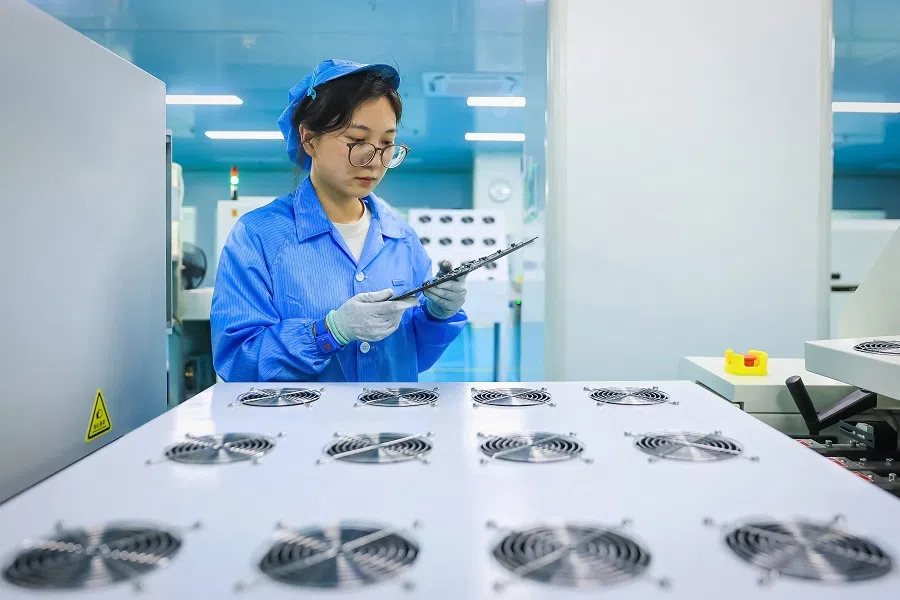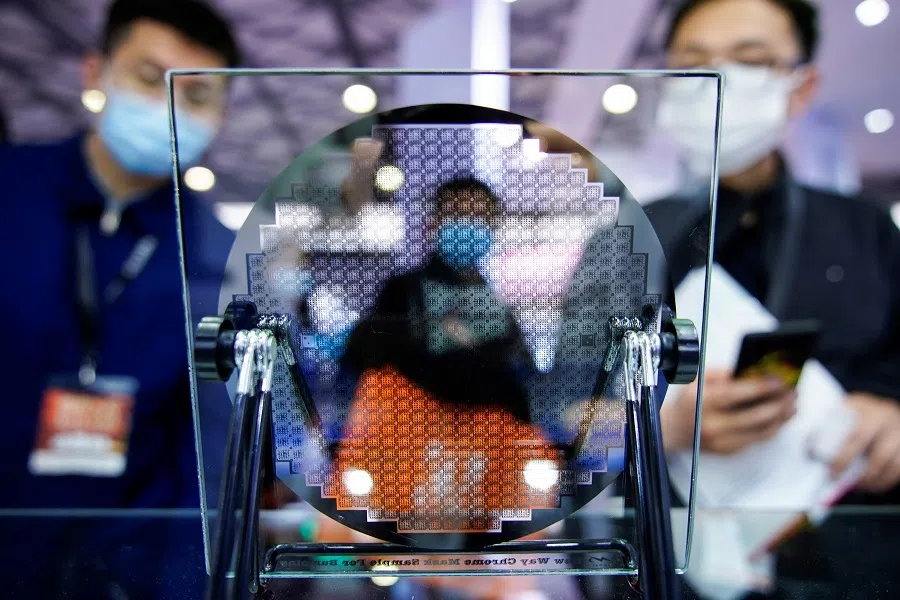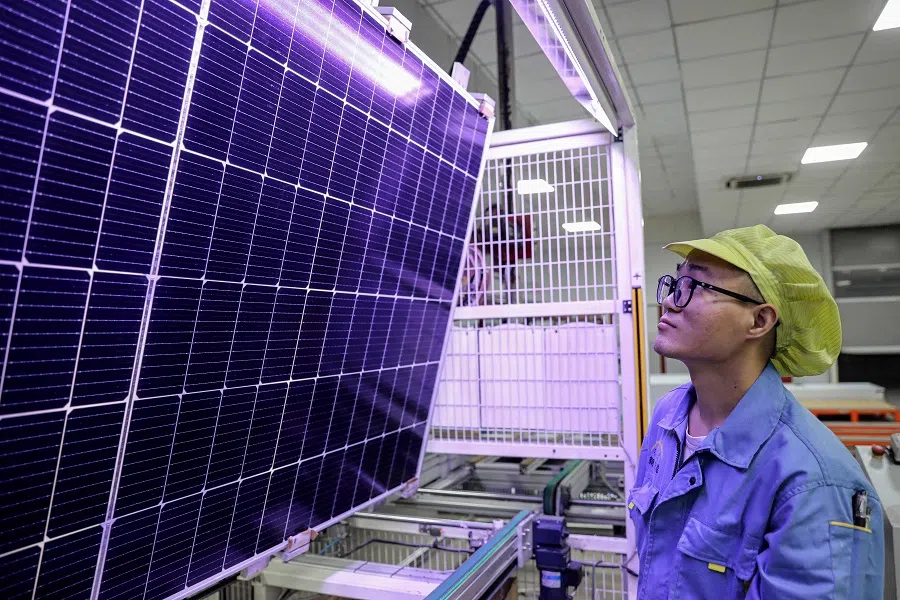Can a new governance model boost China's chance for innovation-driven growth?
To overcome limitations in chokepoint technologies and improve its investment in basic research, China has rolled out a series of governance changes to the science and technology (S&T) ecosystem. Researcher Qian Jiwei examines the changes which could potentially result in a centralised leadership and decentralised fund allocation mechanism. Will it work?

China's strategic priorities have changed significantly as a result of an increased emphasis on science and technology (S&T).
The transition to innovation-driven growth depends on the adoption of S&T policy, which requires the strategic utilisation of resources within the innovation ecosystem in addition to their effective allocation.
The people in charge
How to coordinate government agencies, support research (particularly basic research), allocate research funds, and plan for S&T development are all policy concerns in S&T governance.
For a long time, the State Council has been the highest authority in S&T policy making, while the Ministry of Science and Technology (MOST) has been the main entity designing and implementing S&T policies. Other government departments such as the Ministry of Agriculture and Rural Affairs, the Ministry of Industry and Information Technology and the National Natural Science Foundation are also part of the policy-making process.
Many of the targets set in the MLP (2006-2020) were achieved, including raising the S&T programme's contribution to economic growth to 60% or higher, decreasing reliance on foreign technology to 30%...

Inter-ministerial joint meeting groups under the State Council have long played a critical role in coordinating government departments and other actors. For example, in 1998, a small leading group was reorganised and renamed the National Science, Technology and Education Small Leading Group, with Premier Zhu Rongji taking the helm.
Executing the plan
The establishment and effective execution of S&T development plans has been a crucial part of China's S&T governance. The overarching plans lay out clear missions and objectives that guide the allocation of resources, and ensure that resources are channelled towards areas that require focused attention and investment.
One such recent plan was the National Medium and Long-Term Plan for the Development of Science and Technology (MLP, 2006-2020) which outlined a series of ambitious targets to be realised by 2020 to boost China's scientific and technological capabilities. The plan also highlighted the significance of "indigenous innovation" for the first time.
Many of the targets set in the MLP (2006-2020) were achieved, including raising the S&T programme's contribution to economic growth to 60% or higher, decreasing reliance on foreign technology to 30%, and positioning China among the top five countries in terms of the number of invention patents granted to Chinese inventors and citations of international scientific papers authored by Chinese researchers.
...there is currently a lack of management in chokepoint technologies and an underdevelopment of basic research in China.

While China's R&D intensity (i.e. R&D expenditure as a share of GDP) fell slightly short of MLP's target in 2020 (2.4% rather than 2.5%), it hit 2.55% in 2022, close to the OECD average rate of 2.67% in 2020.
While the S&T system in China has seen advancements in innovation performance, it faces governance challenges.
In particular, there is currently a lack of management in chokepoint technologies and an underdevelopment of basic research in China. The existing governance framework has been ineffective in addressing these challenges, particularly with the funding of research and coordination within the S&T system.
Problems with chokepoint technologies and basic research
Semiconductors are considered a chokepoint technology. In August 2022, the US government released the CHIPS and Science Act, barring American companies that are enjoying subsidies under this act from building "leading-edge" chip factories in China for ten years. Another round of export restrictions on advanced semiconductor products, related manufacturing equipment and technology, and supercomputers where the destination or ultimate end use is China was announced by the US Department of Commerce in October 2022.
In a public speech made in June 2023, the CEO of a major Chinese chipmaker - Yangtze Memory Technologies Corp - revealed that the chip industry in China is facing unprecedented challenges. Even purchasing components has become problematic and the semiconductor manufacturing equipment is almost impossible to repair, effectively reducing them to a mere showpiece.
Expenditure on basic research is much smaller in China than in high-income countries, which could weaken its long-run innovation capacity.
Basic research provides the core understanding of semiconductor materials' properties and behaviours, and offers solutions in new materials and processes. Thus, leveraging resources to spearhead innovation in basic research is critical.
However, most of R&D resources are allocated to applied research and development rather than basic research. Expenditure on basic research is much smaller in China than in high-income countries, which could weaken its long-run innovation capacity.
For example, the share of GDP in basic research was about 0.49% in 2018 for the US and over 0.64% in 2019 for Korea. Based on 2022 data, China's expenditure on basic research was only about 0.16% of GDP, still far behind those of OECD countries.
China invested less than 5% of what the US did in semiconductor R&D.
For example, in 2019, the funding for basic research in semiconductor science and information devices (RMB 384 million), and optics and optoelectronics (RMB 551 million) accounted for only 2.8% of the total funding of the National Science Foundation of China (NSFC). Together with mega projects in the semiconductor field funded by the MOST, China invested less than 5% of what the US did in semiconductor R&D.

Another issue is the ineffective coordination among ministries in implementing the S&T development plans (e.g. the MLP). Every ministry will issue its own guidelines and have its own proposal submission, review and award process on fund allocation under different S&T programmes. This resulted in a research topic receiving multiple grants from different ministries in some cases.
Restructuring of S&T governance
Thus, governance reform of the S&T system, especially reforming the modes of supporting basic research, is high on the agenda of policymakers. In February 2023, the Politburo of the Communist Party of China (CCP) held its third collective study session on strengthening basic research. General Secretary Xi Jinping said that the world has entered an era of large-scale science, and basic research is being organised in an increasingly sophisticated manner. Hence, the need to continue restructuring the institutions and funding mechanisms for basic research has become critical.
The Chinese government then announced the restructuring of the S&T governance system during the "Two Sessions" in March 2023. A central science and technology commission under the top leadership, the Central Science and Technology Commission (中央科技委员会 Zhongyang keji weiyuanhui), would be set up to oversee and coordinate science-related policymaking, making strategic policies in the area of S&T development.
A central committee is much more powerful compared to the previous governance system headed by the State Council in coordinating different government agencies.
MOST will be involved in implementing strategic policies formulated by the commission to support the national innovation strategy, and coordinate the implementation of S&T development plans. However, as part of this restructuring, MOST will no longer be responsible for evaluating and managing specific research projects, and some of its divisions will be divested, with related duties transferred to other government ministries.
The new governance structure of the S&T system will empower these ministries to take greater responsibility for research within their mission areas and establish a more independent mechanism for evaluating results.
For instance, the Ministry of Agriculture and Rural Affairs will be tasked with agricultural research, while the Ministry of Industry and Information Technology will manage policy issues related to science and technology parks and development zones.
Centralised leadership and decentralised fund allocation
This round of governance restructuring has a few objectives.
First, a centralised coordination mechanism is likely a more effective way to mobilise resources to achieve breakthroughs in chokepoint technologies. The commission, reporting directly to the top party leadership and holding jurisdiction over the MOST, is designed to promote indigenous innovation and alleviate the country's technological chokepoints. A central committee is much more powerful compared to the previous governance system headed by the State Council in coordinating different government agencies.

Second, governance restructuring will provide a more effective institution in research fund allocation. With the changes aforementioned on MOST, decision making on fund allocation will now be decentralised.
Some unknowns
As of mid-September 2023, uncertainty still surrounds the leadership of this newly established Central Science and Technology Commission, including its key members, and little information has been disclosed.
It is also unclear how the funding allocation mechanism for (basic) research projects will be reformed. It is still too early to assess the effectiveness of this recent round of governance reform in the Chinese S&T system. However, with its elevated status, these reforms have the potential to reshape the landscape of the Chinese innovation ecosystem.
------------------------
The views and opinions expressed here are those of the author(s) and do not represent the views and opinions of the National University of Singapore or any of its subsidiaries or affiliates.

![[Big read] Paying for pleasure: Chinese women indulge in handsome male hosts](https://cassette.sphdigital.com.sg/image/thinkchina/c2cf352c4d2ed7e9531e3525a2bd965a52dc4e85ccc026bc16515baab02389ab)

![[Big read] How UOB’s Wee Ee Cheong masters the long game](https://cassette.sphdigital.com.sg/image/thinkchina/1da0b19a41e4358790304b9f3e83f9596de84096a490ca05b36f58134ae9e8f1)

